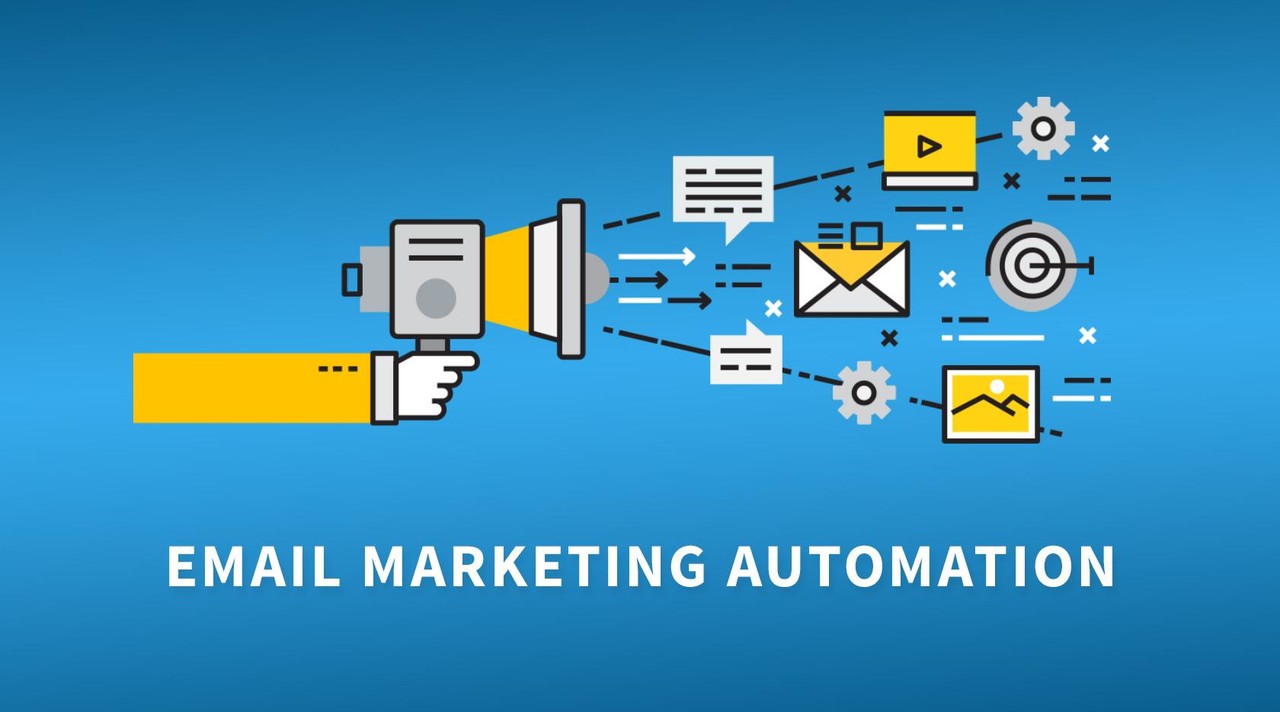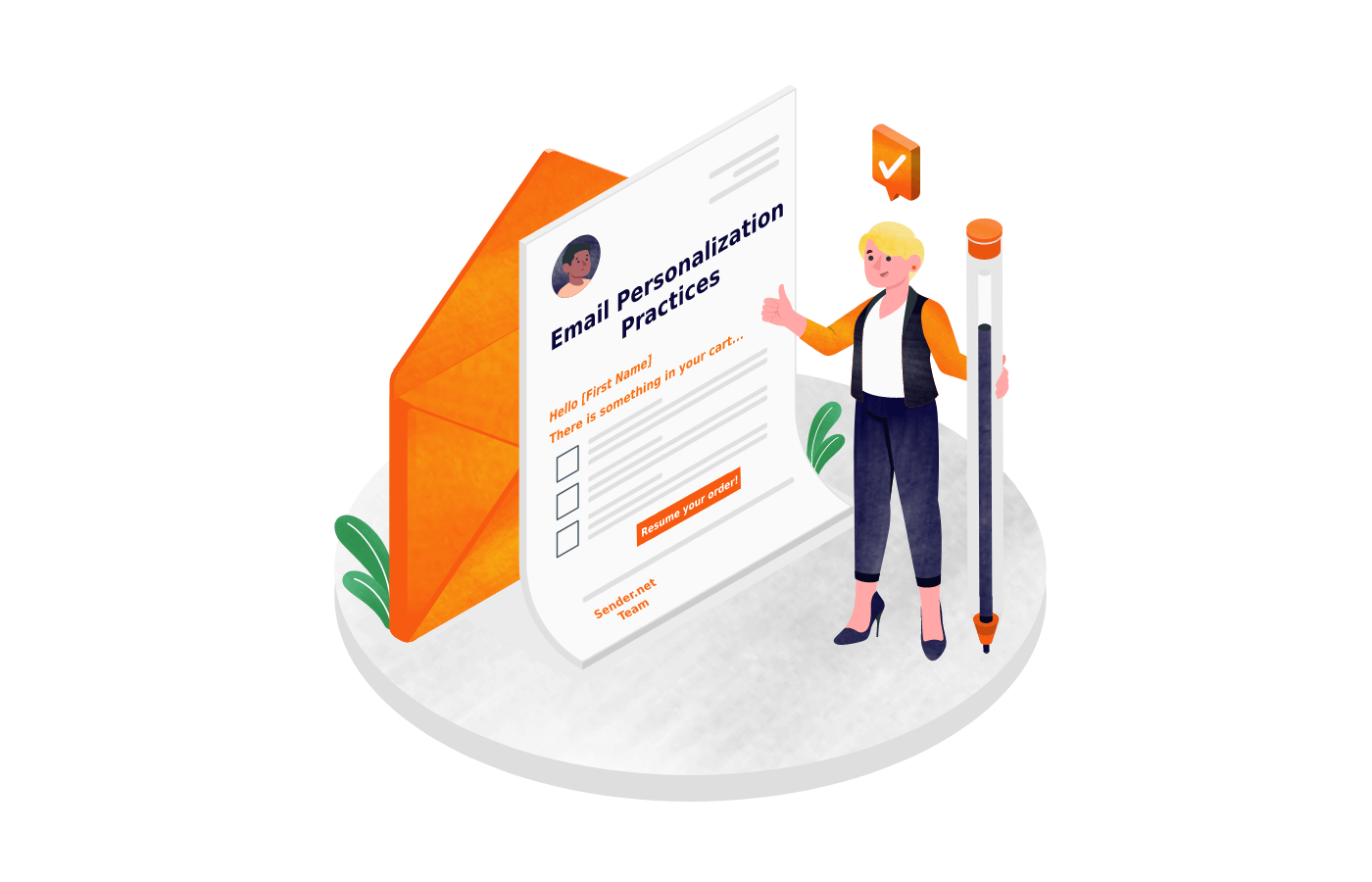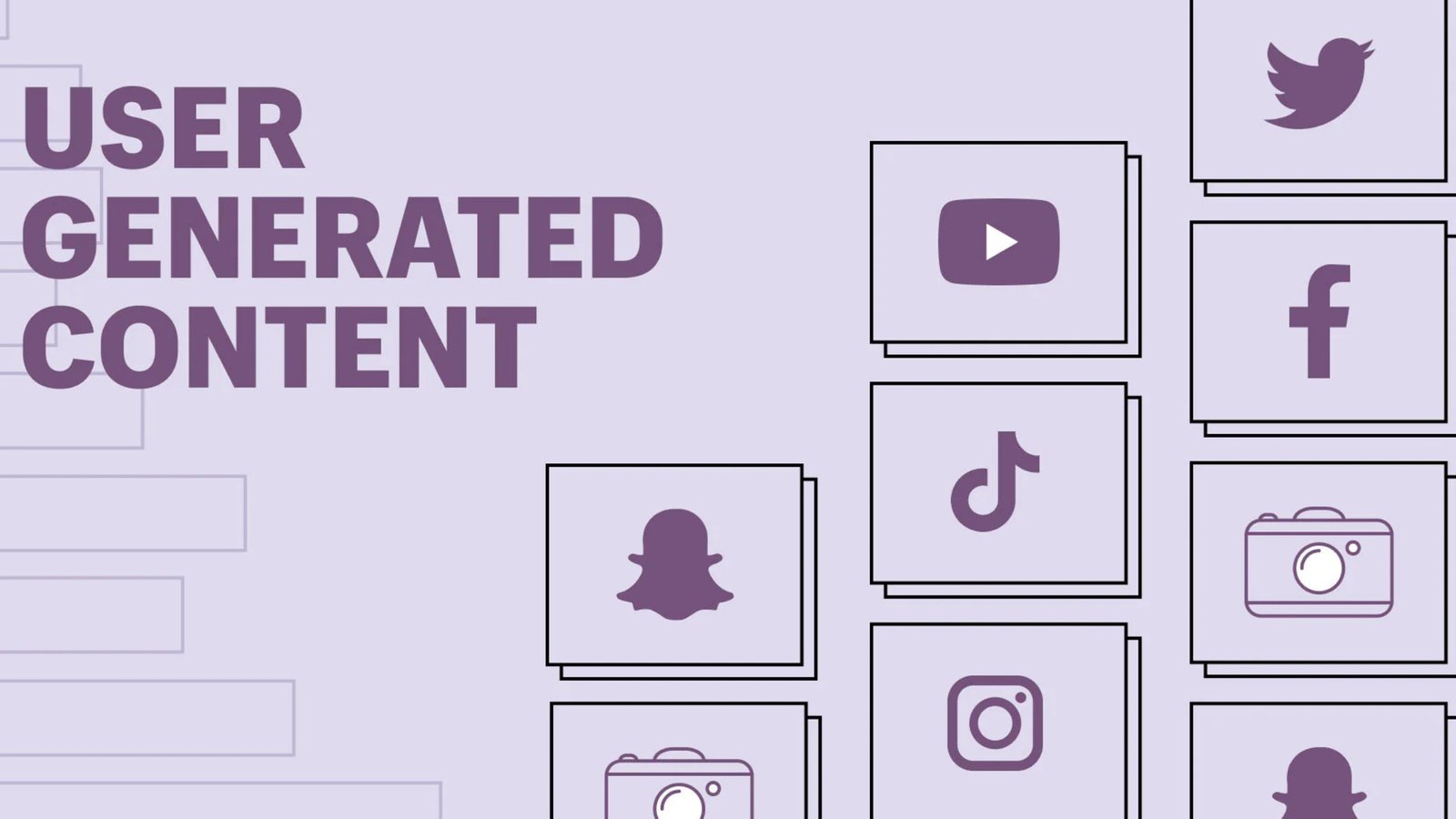Email marketing automation has revolutionized how businesses communicate with customers. By automating repetitive tasks and delivering personalized content, companies can improve engagement, drive sales, and nurture customer relationships. In this article, we’ll explore the ins and outs of email marketing automation, why it’s important, and how to implement it effectively.
This guide will cover the core principles of email marketing automation, the tools you need, best practices for creating automated workflows, and future trends that will shape the industry. By the end, you’ll be equipped with the knowledge to start or improve your email automation strategies.
What is Email Marketing Automation?
Email marketing automation refers to the use of software to send targeted, personalized emails to your subscribers without manual effort. These emails are triggered by specific actions (such as signing up for a newsletter or making a purchase) and are designed to nurture leads or convert potential customers into paying customers.

Why is Email Marketing Automation Important?
- Saves time: Automating your campaigns saves hours of manual effort.
- Increases engagement: Emails are personalized based on customer behavior, making them more relevant.
- Boosts conversions: Tailored messages sent at the right time drive higher conversion rates.
- Improves customer retention: Nurture long-term relationships with consistent, timely communication.
Getting Started with Email Marketing Automation
Before diving into complex automation workflows, it’s important to set up a solid foundation.
Choose the Right Email Marketing Automation Tool
There are several platforms available that specialize in email automation, such as Mailchimp, HubSpot, and ActiveCampaign. When choosing a tool, consider factors like ease of use, integration capabilities, and pricing.

Key Features to Look For:
- Workflow builder: Drag-and-drop builders allow you to create automation sequences.
- Personalization options: Dynamic fields for names, preferences, and past behavior.
- Analytics: Metrics to track open rates, click-through rates, and conversions.
- A/B Testing: The ability to test different subject lines and content variations.
Set Your Automation Goals
To maximize the impact of your email marketing automation, you need clear goals. Common objectives include:

- Lead nurturing: Build a relationship with new leads by sending educational or product-related content.
- Cart abandonment recovery: Automatically send reminders to customers who leave items in their carts without purchasing.
- Welcome emails: Greet new subscribers with a series of introductory emails.
Best Practices for Building Email Automation Workflows
Building an effective email automation workflow requires strategy and attention to detail.
1. Segment Your Audience
Segmenting your email list ensures that the right message is delivered to the right audience. This could be based on factors like purchase history, location, or engagement level.

Examples of Segmentation:
- New subscribers vs. loyal customers
- Buyers of a specific product
- Geographical location
2. Create Drip Campaigns
A drip campaign is a series of emails sent over a period to nurture leads. These campaigns are highly effective because they gradually introduce your brand and products, rather than overwhelming the recipient with too much information at once.

Components of a Drip Campaign:
- Introduction Email: Welcome new subscribers with a warm introduction and highlight what they can expect from future emails.
- Educational Emails: Provide valuable insights or how-tos that align with their interests.
- Offer or Promotion: Send discounts or special offers after nurturing the relationship.
3. Personalize Your Emails
Email personalization goes beyond using the recipient’s first name. It involves sending relevant content based on user actions, such as product recommendations based on past purchases.

Tips for Personalization:
- Include dynamic content such as product recommendations, based on browsing history.
- Customize subject lines for higher open rates.
- Use behavioral triggers (like cart abandonment or post-purchase follow-ups).
Measuring Success in Email Marketing Automation
To optimize your automated email campaigns, you need to analyze and measure their performance consistently.
Key Metrics to Track
- Open Rate: The percentage of recipients who open your email.
- Click-Through Rate (CTR): The percentage of recipients who click on a link within your email.
- Conversion Rate: The percentage of recipients who complete the desired action (e.g., make a purchase).
- Bounce Rate: The percentage of emails that couldn’t be delivered.
- Unsubscribe Rate: The percentage of recipients who opt out of your mailing list.

A/B Testing for Continuous Improvement
A/B testing allows you to experiment with different subject lines, content, and CTA buttons to find the most effective combinations. Make data-driven adjustments based on the results to continuously improve your campaigns.
Future Outlook: Trends in Email Marketing Automation
As technology evolves, so does email marketing automation. Staying ahead of these trends will keep your campaigns effective and engaging.
Artificial Intelligence (AI) and Machine Learning
AI is set to take email personalization to the next level by predicting user preferences, optimizing send times, and creating dynamic content based on individual behaviors.
Omnichannel Automation
The future of email marketing lies in omnichannel strategies where email is integrated with other channels like SMS, social media, and push notifications to create seamless customer experiences.
Hyper-Personalization
Going beyond basic personalization, future email automation will offer hyper-personalization, where each email is tailored to an individual’s behavior, preferences, and past interactions in real-time.
Practical Tips for Implementing Email Marketing Automation
To maximize your success, apply these practical tips:
Start Small
If you’re new to email automation, start with a simple workflow, such as a welcome series. As you become more comfortable, you can add more complex workflows.
Focus on High-Value Actions
Identify key actions that signify engagement, such as filling out a form, downloading a resource, or purchasing a product, and use these actions to trigger relevant email sequences.
Don’t Over-Automate
Automation is powerful, but too much of it can lead to impersonal communication. Balance your automated emails with manual touches, especially for high-value customers or time-sensitive promotions.
Conclusion
Email marketing automation is a game-changer for businesses looking to scale their communication efforts without sacrificing personalization. By choosing the right tools, setting clear goals, and following best practices for segmentation and personalization, you can create highly effective campaigns that drive results.
Start small, measure your success, and continuously optimize your efforts. Email marketing automation is not only about saving time—it’s about delivering value and enhancing customer relationships in a way that resonates.
FAQs
Q1. What is email marketing automation?
Email marketing automation refers to using software to send personalized, automated emails based on specific triggers and user actions.
Q2. How does email marketing automation increase engagement?
It sends relevant and timely messages tailored to individual user behavior, increasing the likelihood of engagement.
Q3. What are some key metrics to track in email marketing automation?
Open rate, click-through rate, conversion rate, and unsubscribe rate are crucial for measuring success.
Q4. What’s the best email marketing automation tool for small businesses?
Tools like Mailchimp and ActiveCampaign are great for small businesses due to their ease of use and robust features.
Q5. How can I get started with email automation?
Start by selecting an automation tool, defining your goals, and setting up simple workflows like welcome emails or cart abandonment reminders.








